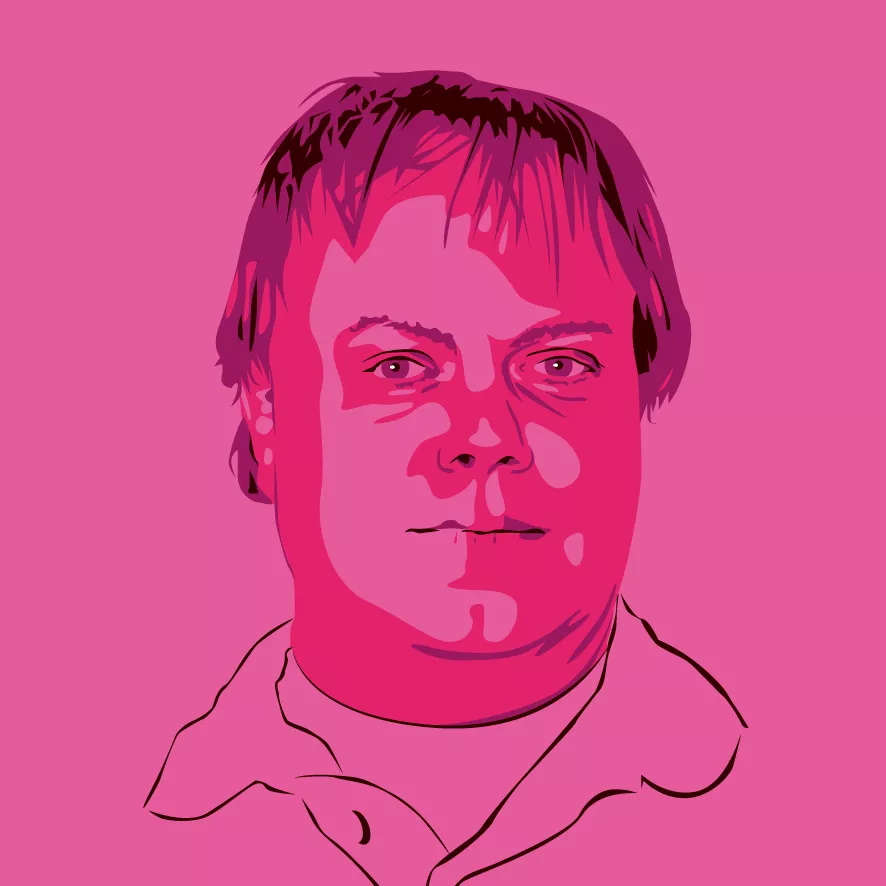Josh Sawyer would like to make Pillars of Eternity 3, but only if he got a Baldur's Gate 3-sized budget
Obsidian's studio design director also said he might want to return to Pentiment someday, but not anytime soon.

I recently got around to playing Pentiment, and while I won't spoil the experience for anyone I will say, "Man. Wow. Holy cow," as I stare off pensively into the distance. After contemplating the nature of existing for a few days, my main takeaway was that Obsidian should just give Josh Sawyer a few million dollars every five years or so, and tell him to come back when he's done.
But what would Sawyer do if he actually found himself in that position—or more specifically, the position of having as many million dollars and as much time as he wanted? In a wide-ranging interview with Touch Arcade he said he probably wouldn't make Pentiment 2, but he would make Pillars of Eternity 3—as long as someone was really ready to back up the money truck.
"I don’t think I would make Pentiment 2," Sawyer said. "I really do feel very satisfied with that game. It’s not like I don’t wanna return to it ever, but I just did it, so I’d probably wait a little bit.
"I think if it truly was an unlimited budget, I think I would try Pillars 3 because I know what the budget was for [Pillars of Eternity 2:] Deadfire, which was not a whole lot and I have heard from multiple people what the budget was for Baldur’s Gate 3, and I’m not gonna talk about numbers, but if I got that budget, sure, I’ll make Pillars 3."
A touch of envy there, perhaps? The Pillars of Eternity RPGs are outstanding homages to the Infinity Engine RPGs of old—Baldur's Gate, Icewind Dale, Planescape: Torment—but there's no question that they lacked the financial backing and development time of Baldur's Gate 3. In fact, both games relied on crowdfunding: Pillars 1 on Kickstarter, and Pillars 2 on the now-defunct platform Fig. Frankly, I preferred them over the cinematic spectacle of Baldur's Gate 3—that hand-painted, old-school approach to a party-based RPG scratches just the right itch for me—but Sawyer said it would be fun to do a "high production value" RPG that a big budget would enable, and I can dig that. Interestingly, he also said it would enable him to approach the game's mechanics differently too.
"I’m pretty happy with Pillars and Deadfire, but I do think that if it were not crowdfunded, I would probably make it turn based," he said. "I’m not saying to not have a real time with pause system, but I do think that the Deadfire turn based system which I can’t take credit for, that was Nick Carver and Brian MacIntosh, was really cool. But, the game wasn’t designed for it, so actually designing the game for turn based, fewer encounters, smaller encounters, but much more tactical, I think that would be a lot of fun, and having awesome cinematics and all that stuff. That would be great."
It's a bold move, wading into the timeless turn-based vs RTWP debate, but Sawyer backed up his stance convincingly. The problem with real-time with pause, he explained, is that it can be difficult to grasp all the systems at play in combat when everything is happening simultaneously: He's heard from Pillars 2 players who said they didn't really understand some of the game's combat mechanics until they were able to play it in turn-based mode, which was added in a post-launch update. "I like doing more crunchy stuff with systems," he said. "It's just easier to make that stuff clear and work in a turn-based setting."
Keep up to date with the most important stories and the best deals, as picked by the PC Gamer team.
The interview covers a lot of ground beyond just games: Sawyer also talks about how he got into the games industry, what a studio design director actually does, breaking the oil pan in his car and leaving a stain in the parking lot at Obsidian ("which is not cool"), and even his favorite cheese. You can dive into the whole thing at Touch Arcade.

Andy has been gaming on PCs from the very beginning, starting as a youngster with text adventures and primitive action games on a cassette-based TRS80. From there he graduated to the glory days of Sierra Online adventures and Microprose sims, ran a local BBS, learned how to build PCs, and developed a longstanding love of RPGs, immersive sims, and shooters. He began writing videogame news in 2007 for The Escapist and somehow managed to avoid getting fired until 2014, when he joined the storied ranks of PC Gamer. He covers all aspects of the industry, from new game announcements and patch notes to legal disputes, Twitch beefs, esports, and Henry Cavill. Lots of Henry Cavill.

